Philippines Health Tech Market had a slow growth initially. The slow growth corresponded to poor internet penetration and a lack of technology awareness. Unorganized health tech infrastructure and a less tech-savvy population led to the accumulation of unharmonized healthcare data. The government faced a major difficulty when the healthcare challenges kept on increasing with the growing population.
But, the table is turning and the Health tech industry is seen as the big thing in the Philippines. From our exclusive report, we have brought you the key points that show how the Philippines government is continuously working towards the increasing adoption of health tech in the country. Let’s dive in!

Hospital Beds per 10,000 people in the Philippines

Doctors per 10,000 people in the Philippines

Nurses per 10,000 people in the Philippines
| Total Population | 109,619,100 (July 2020)6 |
|---|---|
| No. of Doctors (Licensed Doctors) | 1,30,000 |
| No. of Hospitals | 1,224 |
| Rural/City Health Centres | 2,587 |
| Village Health Stations | 20,216 |
| Diseases | Number of Death FY’171 |
|---|---|
| Ischaemic Heart Disease | 800-1000 Deaths |
| Neoplasm | 800-1000 Deaths |
| Cerebrovascular Disease | 600-800 Deaths |
| Pneumonia | 600-800 Deaths |
| Diabetes Mellitus | 200-400 Deaths |
| Hypertensive Disease | 200-400 Deaths |
| Chronic Lower Respiratory Infections | 200-400 Deaths |
| Respiratory Tuberculosis | 200-400 Deaths |
| Other heart Diseases | 200-400 Deaths |
| Remainder of diseases of the Genitourinary | Less than 200 Deaths |


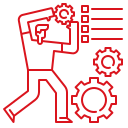

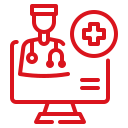



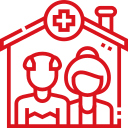



.png) Goals
Goals
 Govt. Bodies Involved
Govt. Bodies Involved
 Motive
Motive
 Limitations
Limitations
 Future Expectation
Future Expectation